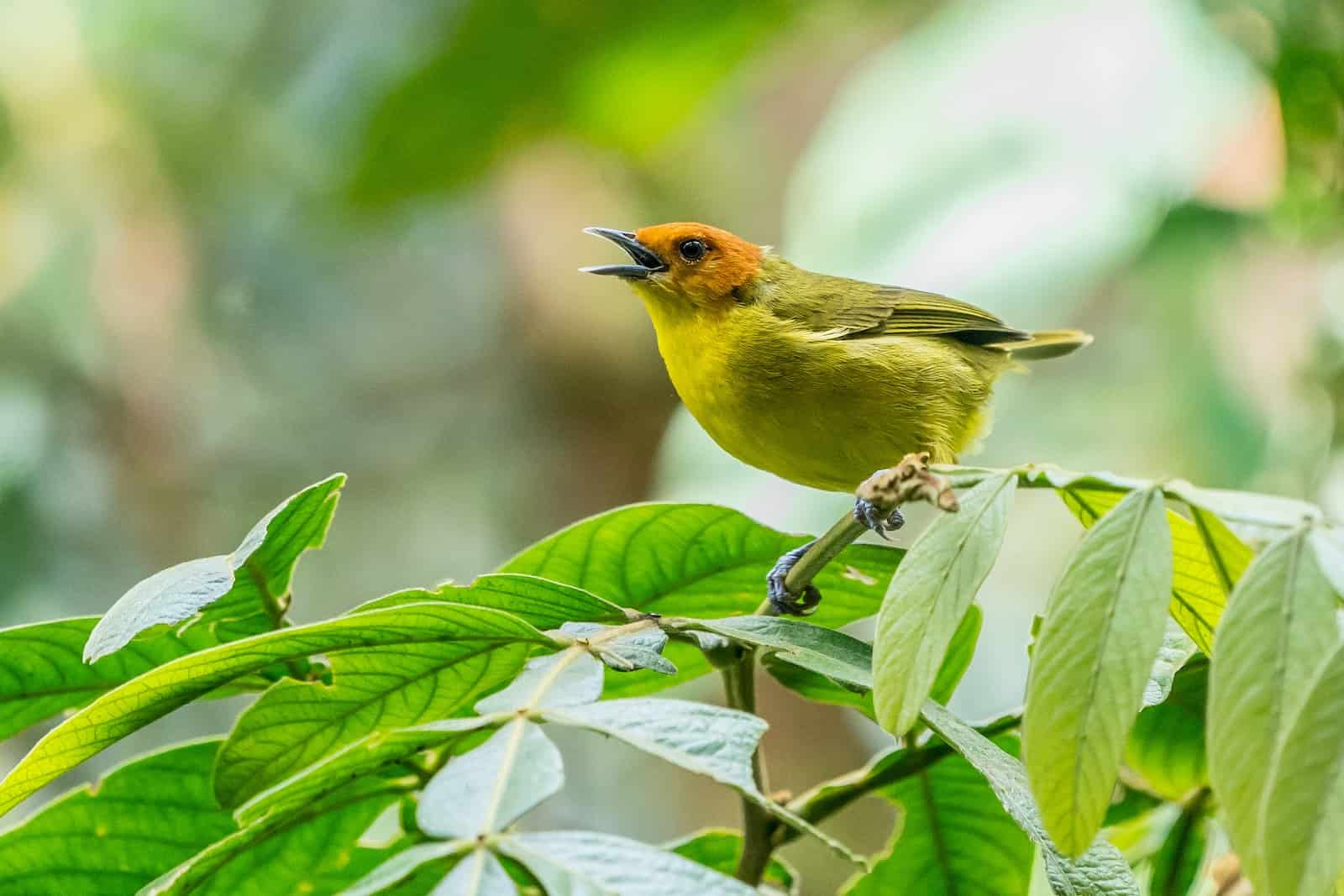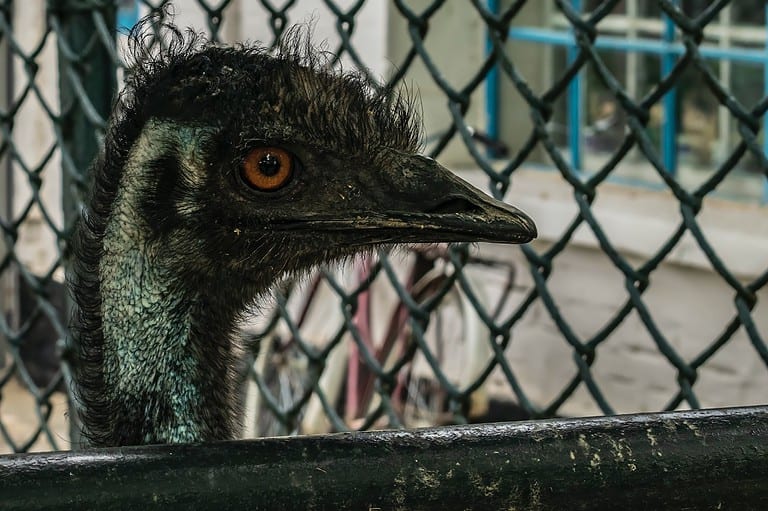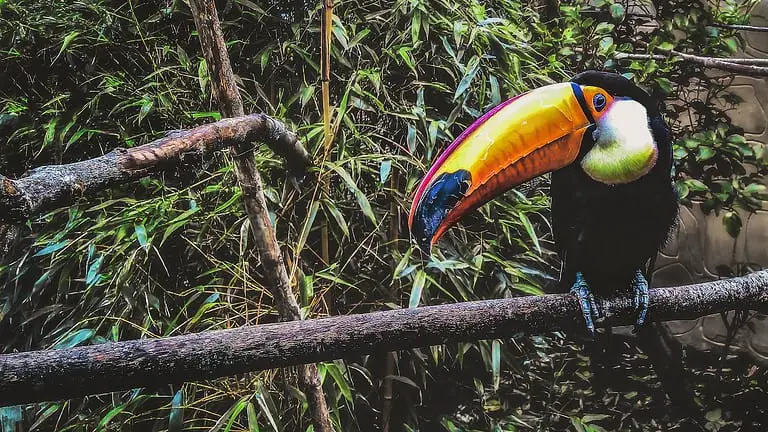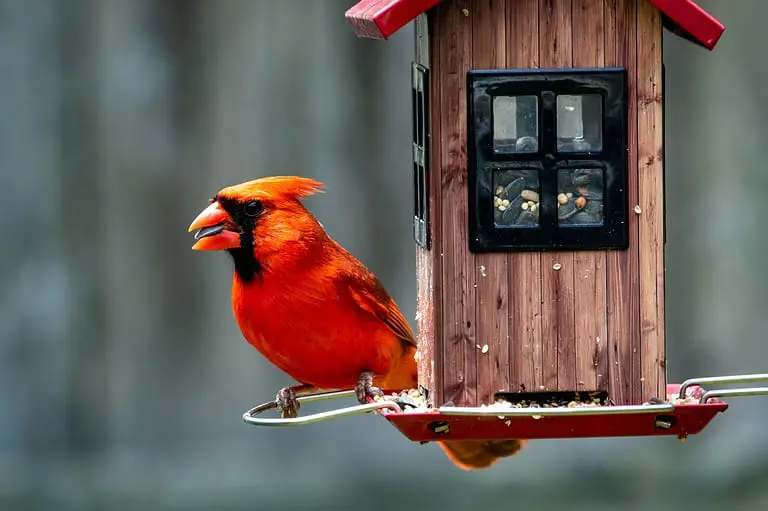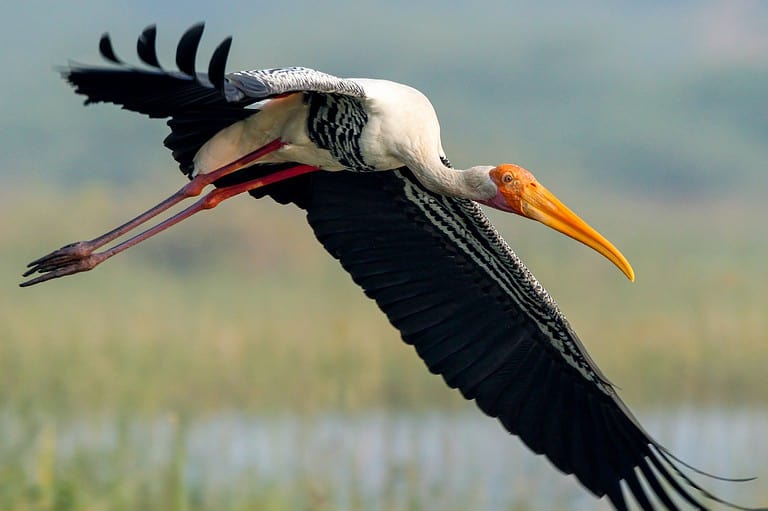Discover the World of Bird Sounds and Calls with Me
Welcome to this article where we will explore the fascinating world of Bird Sounds and Calls. As a lover of nature, I am always in awe of the rich vocal repertoire of avian creatures. From the gentle cooing of doves to the melodious singing of nightingales, bird sounds and calls are a symphony of nature that we can all appreciate. Join me as we delve into the diverse melodies and communication methods of these winged wonders.
Key Takeaways:
- Bird sounds and calls are a fascinating and diverse vocal repertoire used by avian creatures.
- These sounds serve various functions such as communication, establishing territories, attracting mates, and warning of danger.
- Bird songs and calls contribute to the symphony of nature, creating a vibrant and intricate tapestry of sounds.
- Understanding and appreciating bird vocalizations can provide insights into avian behavior and foster a deeper connection with the natural world.
- By exploring the rich world of bird sounds and calls, we can discover the ecological significance of bird vocalizations and their role in maintaining balance in ecosystems.
The Importance of Bird Vocalizations in Communication
As a bird enthusiast, I have always been fascinated by the diverse vocalizations of birds. But beyond their beautiful melodies, bird vocalizations play a critical role in communication among avian creatures.
Birds use vocalizations to convey messages, establish territories, attract mates, and warn of danger. These vocalizations include songs, calls, and a variety of other sounds produced by different species.
One of the most important functions of bird vocalizations is communication. Birds use vocalizations to establish contact with their mates, offspring, and other members of their species. Contact calls, for example, are used to locate and stay in touch with other birds, while territorial songs are used to defend a specific area against intruders.
Bird vocalizations also play a crucial role in attracting mates. Male birds often use elaborate songs and calls to court females. The complexity and length of a male bird’s song are often used as an indicator of his fitness and genetic quality.
Furthermore, some bird vocalizations serve as warning signals. Alarm calls, for example, are used to alert other birds to the presence of predators. By listening to the alarm calls of other birds, birds can quickly detect and respond to potential threats.
In conclusion, bird vocalizations are a vital component of avian communication. Through their songs, calls, and other vocalizations, birds are able to convey a wide range of messages to other members of their species. By understanding the importance of bird vocalizations, we can gain insights into avian behavior and foster a deeper connection with the natural world.
The Melodious World of Bird Songs
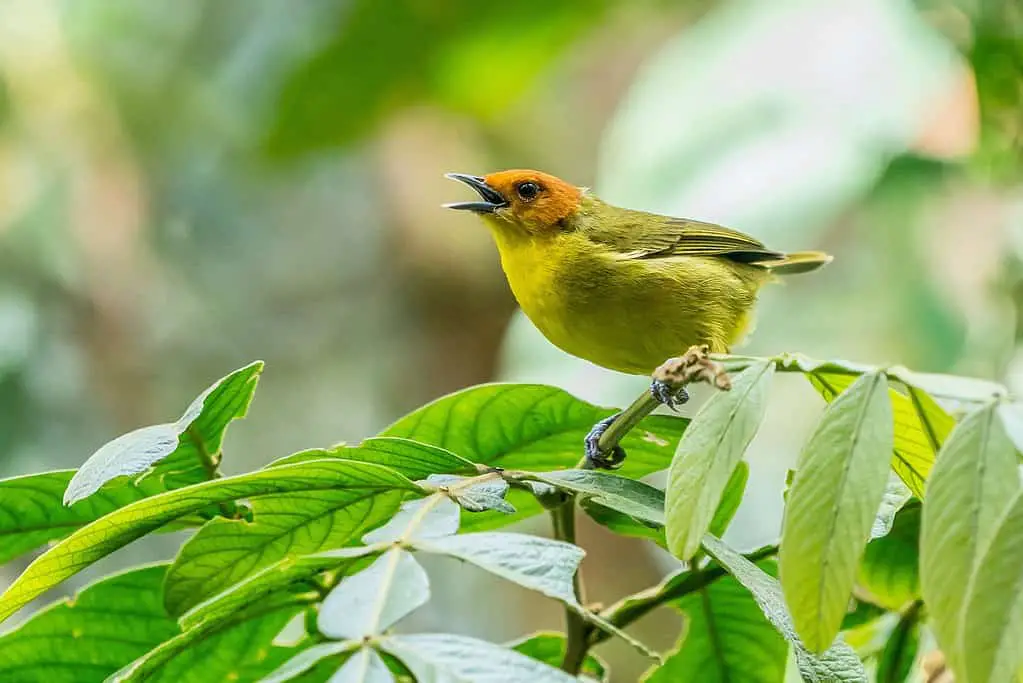
Birds are renowned for their melodic and intricate songs, which vary widely between species and can be heard in countless habitats around the world. These songs are not only beautiful to listen to but also serve various crucial functions in bird communication. In this section, we will explore the fascinating realm of bird songs and learn about their structure, purpose, and diversity.
The Purpose of Bird Songs
Bird songs are primarily used by male birds to establish territories, attract mates, and defend against rivals. The songs can also convey information about a bird’s health, age, and genetic quality, making them crucial in mate selection. Some species of birds sing duets, with both male and female birds contributing to the song in a coordinated manner.
Beyond these primary functions, bird songs can also serve to communicate warnings of predators, signal feeding opportunities, and indicate aggression or submission. The complexity and length of the song can vary greatly depending on the species of bird and the context in which it is sung.
The Structure of Bird Songs
Bird songs generally consist of a series of notes, with variations in pitch, rhythm, and duration, arranged in a specific pattern. The song’s structure can vary between species and even among populations within a species, making it a valuable tool for researchers studying bird behavior. Some species produce songs that are highly predictable and repeated with great consistency, while others may incorporate improvisation and individual variations into their songs.
The complexity of bird songs is not limited to the structure of individual songs. Many species are capable of producing a variety of songs, with different songs used for different purposes. Some birds incorporate mimicry into their songs, mimicking the calls of other bird species or even non-bird sounds such as sirens or car alarms.
The Diversity of Bird Songs
The diversity of bird songs is astounding, with over 10,000 species of birds worldwide producing a wide range of unique and intricate songs. In fact, some bird species are known to learn and modify their songs over time, adding new elements or incorporating variations into their existing songs.
Researchers have compiled extensive bird vocalization databases that allow them to identify and classify different bird songs and calls. These databases are valuable tools for birdwatchers and researchers alike, providing a comprehensive resource for studying and understanding bird behavior.
| Bird Species | Unique Songs | Vocalization Database |
|---|---|---|
| Nightingale | Over 200 unique songs | Xeno-canto |
| Red-winged Blackbird | Up to 15 different songs | Macaulay Library |
| Black-capped Chickadee | At least 16 different songs | AVoCet |
The table above showcases just a few examples of bird species and their unique vocalizations. As you can see, even within a single species, there can be a surprising amount of vocal diversity.
By delving into the world of bird songs, we gain a deeper understanding of the rich and complex communication methods of these fascinating creatures. Whether it’s the haunting melody of a nightingale or the cheerful chirp of a chickadee, the songs of birds are a testament to the beauty and wonder of nature.
Unraveling the Mystery of Bird Calls
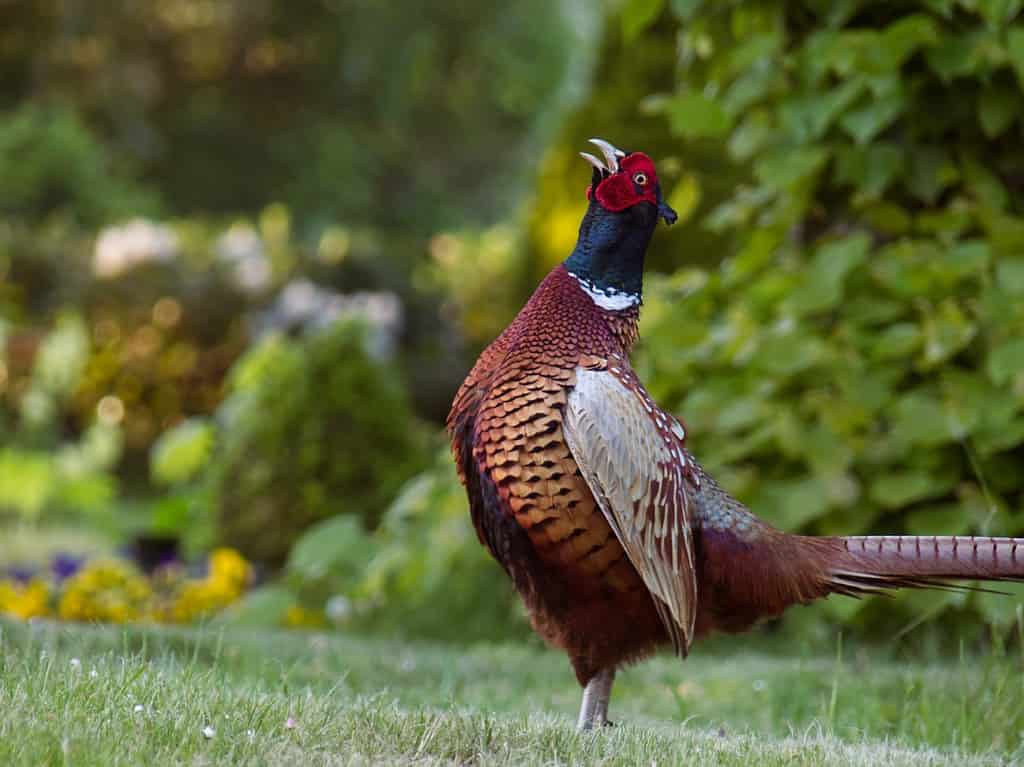
Bird calls serve an essential function in bird communication. From alerting to danger to exchanging information about food sources, calls play a crucial role in the life of birds. Let’s explore the diverse world of bird calls and vocal repertoires.
Bird Calls: Types and Functions
Birds use various types of calls to communicate different messages. Contact calls are used by flock members to keep in touch while foraging or flying. Alarm calls are used to warn others of potential danger. Food calls are used to share information about food sources.
Birds also use unique calls during mating season to attract potential mates. The male Northern Cardinal, for example, sings a clear, whistled song to attract females. In contrast, the female responds with a series of short, sharp chirps to signal interest.
Bird Vocal Repertoires
Each bird species has a unique vocal repertoire, which includes a variety of calls and songs. Some bird species, such as the Common Raven, have a vast repertoire of over 30 different calls, while others, such as the American Goldfinch, have a more limited repertoire of calls and songs.
Comparing Bird Vocal Repertoires
| Bird Species | Number of Calls and Songs |
|---|---|
| Common Raven | Over 30 |
| American Goldfinch | Less than 10 |
| House Sparrow | Over 20 |
The table above showcases the significant differences in the vocal repertoires of different bird species. These differences can reveal insights into the behavior and social structure of birds.
The Evolution of Bird Calls
The vocal repertoires of birds are not static; they can change over time. Birds learn new calls and songs from other birds in their social group, and these songs can evolve and change over generations.
Research has shown that some bird species, such as the Swamp Sparrow, modify their songs to match the songs of birds in neighboring territories. This song-matching behavior may help birds establish their territory boundaries and avoid conflicts.
The Significance of Bird Calls in Bird Conservation
Understanding bird vocalizations is crucial for bird conservation efforts. By analyzing the soundscape of an area, researchers can identify which bird species are present and monitor their population numbers.
Additionally, studying bird vocal repertoires can help researchers track the evolution and adaptation of bird species over time.
Overall, the world of bird calls and vocal repertoires is a fascinating and intricate realm. By uncovering the mysteries of bird communication, we can gain insights into the behavior and social structure of birds, and work towards their conservation and protection.
Chirping, Whistling, and Tweeting: Exploring Bird Sounds
While birds are known for their songs and calls, they also produce a wide variety of other sounds. From chirping to whistling to tweeting, each sound carries a unique meaning and purpose. In this section, we will explore the fascinating world of bird sounds beyond their songs and calls.
The Cheerful Chirping of Sparrows
Sparrows are known for their cheerful chirping, which is used for both communication and social bonding. Male sparrows often chirp to establish territory and attract mates, while females use chirping to communicate with their young.
| Bird Species | Chirping Type | Purpose |
|---|---|---|
| Sparrows | Cheerful Chirping | Communication and social bonding |
The Melodious Whistling of Thrushes
Thrushes produce a variety of sounds, including melodious whistling. The whistles are used for territorial defense and mate attraction, and each species has its signature whistle that distinguishes it from others.
| Bird Species | Whistling Type | Purpose |
|---|---|---|
| Thrushes | Melodious Whistling | Territorial defense and mate attraction |
The Expressive Tweeting of Finches
Finches are known for their expressive tweeting, which is used for communication and establishing social hierarchies. Male finches often use tweeting to attract mates, while females use it to signal aggression or submission to other birds.
| Bird Species | Tweeting Type | Purpose |
|---|---|---|
| Finches | Expressive Tweeting | Communication and establishing social hierarchies |
As we can see, bird sounds go beyond just songs and calls, with each sound carrying a unique message. By recognizing and understanding these sounds, we can gain insights into avian behavior and communication and appreciate the diversity of the natural world.
Bird Songs and Calls: A Symphony of Nature
Bird vocalizations are not only a means of communication but also contribute to the ecological balance of our planet. The diversity of bird sounds and calls creates a symphony that echoes through forests, grasslands, and even urban areas.
The complex vocalizations of birds have evolved over time to suit their specific ecological niches. From the sweet, lilting songs of warblers to the piercing alarm calls of jays, birds utilize sound to communicate a range of vital messages.
In addition to communication purposes, bird vocalizations serve ecological functions such as providing information on food availability, warning of predators, and establishing territorial boundaries. The loss of bird vocalizations can have significant consequences, including disruptions in pollination, insect and animal populations, and ecosystem stability.
Understanding the role of bird vocalizations in ecosystems is essential for conservation efforts and preserving the beauty of the natural world. This knowledge can inform and guide conservation practices, such as preserving habitats and reducing noise pollution.
By appreciating the melodies and communication methods of birds, we can gain a deeper appreciation for the symphony of nature.
Conclusion
Exploring the world of bird sounds and calls has been a pleasure, and I hope you have enjoyed this journey as much as I have. Through this article, we have discovered the diverse melodies and communication methods of birds from bird songs to bird calls, uncovering the rich vocal repertoire of avian creatures.
The Significance of Bird Vocalizations
We have learned that bird vocalizations serve many important functions in bird communication, from conveying messages to establishing territories, attracting mates, and warning of danger. The use of various vocalizations allows different bird species to express themselves differently, and understanding this can provide valuable insights into bird behavior.
The Enchanting World of Bird Songs
The captivating melodies of bird songs have been explored, and we have learned about their purpose, structure, and the different types of songs produced by various bird species. The ability of birds to learn and modify their songs over time is a fascinating area of study.
The Mysterious World of Bird Calls
We dove into the world of bird calls and discovered the different types of calls used by birds to communicate specific messages. The diversity of bird vocal repertoires across species was also explored, making clear the importance of vocalizations in establishing the identity of different bird species.
The Fascinating Array of Bird Sounds
Finally, we uncovered the vast range of unique sounds produced by birds, beyond songs and calls. The cheerful chirping and melodious whistling of birds create an intricate tapestry of sounds that contribute to the symphony of nature.
Overall, by understanding and appreciating the world of bird sounds and calls, we can gain valuable insights into avian behavior and cultivate a deeper connection with the natural world. Thank you for joining me on this journey of discovery.
FAQ
What are bird songs and calls?
Bird songs and calls are vocalizations produced by birds as a means of communication. Bird songs are typically longer and more elaborate, often used for attracting mates and defending territories. Bird calls are shorter and simpler, serving various purposes such as warning of danger or maintaining contact within a group.
Why do birds vocalize?
Birds vocalize to convey messages, establish territories, attract mates, communicate within a group, defend against threats, and express emotions. Vocalizations play a vital role in avian communication and are essential for their survival and reproduction.
How do different bird species produce unique vocalizations?
Bird species produce unique vocalizations through a combination of anatomical and learned behaviors. The anatomical structures of their vocal apparatus, such as the syrinx, contribute to the variety of sounds they can produce. Additionally, birds learn their songs and calls through a process of vocal learning, often imitating the vocalizations of adult birds in their environment.
Can birds modify their songs and calls?
Yes, birds have the ability to modify their songs and calls over time. They may incorporate new elements or variations into their vocalizations, either through individual learning or cultural transmission within a population. This ability to modify their vocal repertoire allows birds to adapt and respond to changes in their environment.
How can I identify bird songs and calls?
Identifying bird songs and calls can be challenging, but it can be learned with practice and knowledge. Listening to audio recordings, studying field guides, and using smartphone apps or online resources dedicated to bird vocalizations can help in learning to recognize and identify different bird songs and calls.
Do bird songs and calls have any ecological significance?
Yes, bird songs and calls have ecological significance. They play a crucial role in maintaining balance in ecosystems by enabling birds to communicate important information such as warnings of predators, mating availability, and establishment of territories. Bird vocalizations also contribute to biodiversity and ecosystem health.
How does human activity impact bird vocalizations?
Human activity can have both positive and negative impacts on bird vocalizations. Habitat destruction, noise pollution, and climate change can disrupt bird communication, leading to changes in their vocalizations or even loss of certain species. Conservation efforts and creating bird-friendly habitats can help mitigate these impacts and preserve bird vocalizations.

